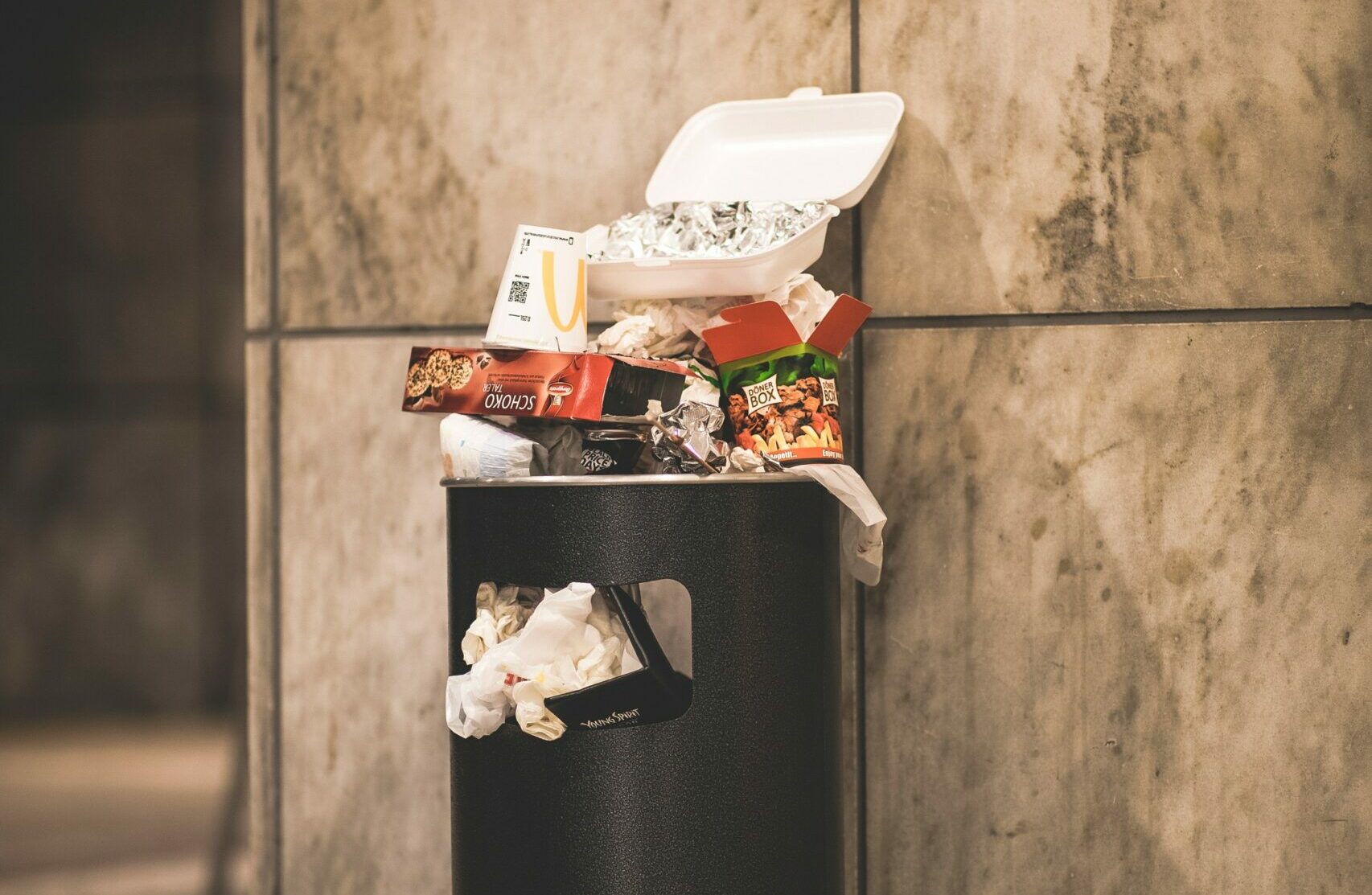What do cinnamon roll lotion, childhood memories, and appetite-suppressing drugs have in common? Welcome to the strange psychology of sweet scents.

Campaign of Note: Mayo Tackles Food Waste
As we watched the 2022 Super Bowl ads we absolutely noticed that like last year, there were a number of ads with a more sustainable theme, including Hellman’s Mayo Tackles Food Waste.
You might remember, we covered another campaign in the FADS Marketing book, Save the Food, that focused on guilt in an effective campaign that increased overall awareness about food waste. But Wunderman Thompson and Hellman’s wanted to take a different approach. Natalie Colbert, Strategy Director for Wunderman Thompson said, “we knew for our message, it couldn’t be around guilting or scolding people around their existing behaviors, we knew we needed to lean into the emotional uplift and entertain, inspire, and have fun with our message around saving food with us for this message to break through and be unmissable.”
The 2022 ad wasn’t Hellman’s first attempt at tackling food waste. In 2021, they made their Super Bowl debut with Amy Schumer and a campaign, complete with recipes available, to address food waste.
So what’s more effective in marketing – guilt or hope?
New research from UK firms Kantar and Affectiva show that guilt can be very effective, but the most effective ads leave consumers feeling positive and hopeful, rather than just sad or guilty. And this makes sense – do you want to act if your actions feel futile? Me either.
Vera Sidolova, a global creative director at Kantar said, “Brands seem to be rising to the challenge and the percentage of ads containing an environmental or social message has tripled since 2016. But with several recent examples of ads being censured by advertising regulators for featuring misleading claims, getting it right isn’t always straight forward. Our analysis found that the subject will evoke strong feelings in consumers – the key is to harness those emotions in service of your objectives.”
Sustainability is a Winning Advertising Theme
Addressing food waste, and highlighting sustainability are noble causes, but make no mistake. Hellman’s is not spending millions and millions of dollars to make people feel good. They know those future consumers watching with their parents take in the brand messaging too. So in addition to carefully balancing emotional appeals in ads is important, but even more important is to set the stage that Hellman’s cares deeply about food waste.
Will TikTok Teens Save the World?
You see, the marketers know Gen Z, that next set of target consumers watching the game with their Gen X parents, are overwhelmingly committed to making buying decisions that align with their values. As Greg Petro points out in Forbes, recent reports from First Insight show the changes in consumer thinking in just a few years have been remarkable. In fact, Gen Z consumers are 72% more likely to purchase from a brand that contributes to social causes and they very often put the health of the planet first.
The retailers of the future will pay attention, because as Petro reminds us, “by 2031, Bank of America predicts that Gen Z’s income will surpass that of their next older generation, Millennials, and they will become “the most disruptive generation ever.” And as they do, my guess is they will continue to join forces with Millennials, another very influential generation that rates protecting the environment as a top concern.
They've got their hooks in you.
FADS rise quickly, burn hot and fall out. They say you're fat, you're no fun, you need to relax, and you might even die alone.
In fact, FADS bank on the fact that you already believe all of that.
Ready to learn how it works?


